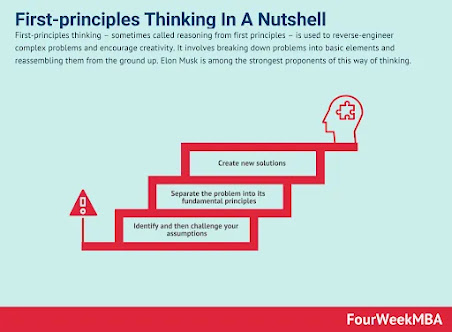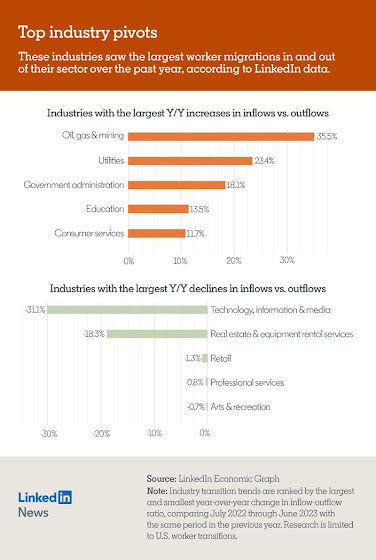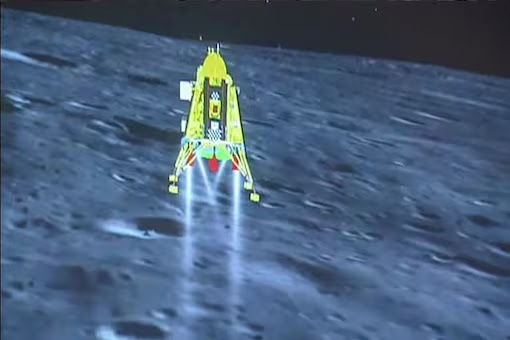The Artful Fusion of Impatience and First Principles

Balancing Speed and Understanding: The Key to Innovative Solutions In a world that values speed and quick results, patience can sometimes feel like an outdated concept. We're often encouraged to rush, take immediate action, and demand instant outcomes. However, the art of innovation requires a thoughtful combination of impatience and a deep understanding of foundational principles. So next time before slamming down something as inefficient or badly designed, try to understand why it is, the way it is. The Impatience Paradox Impatience, when used wisely, can be a potent motivator. It drives us to challenge the status quo, question established norms, and seek new solutions. It's the force that propels entrepreneurs to disrupt industries and creative minds to push artistic boundaries. Impatience ignites action, and action, in turn, fuels progress. But impatience has its pitfalls. It can lead us into hasty decisions, causing us to overlook important details and potential consequenc...





